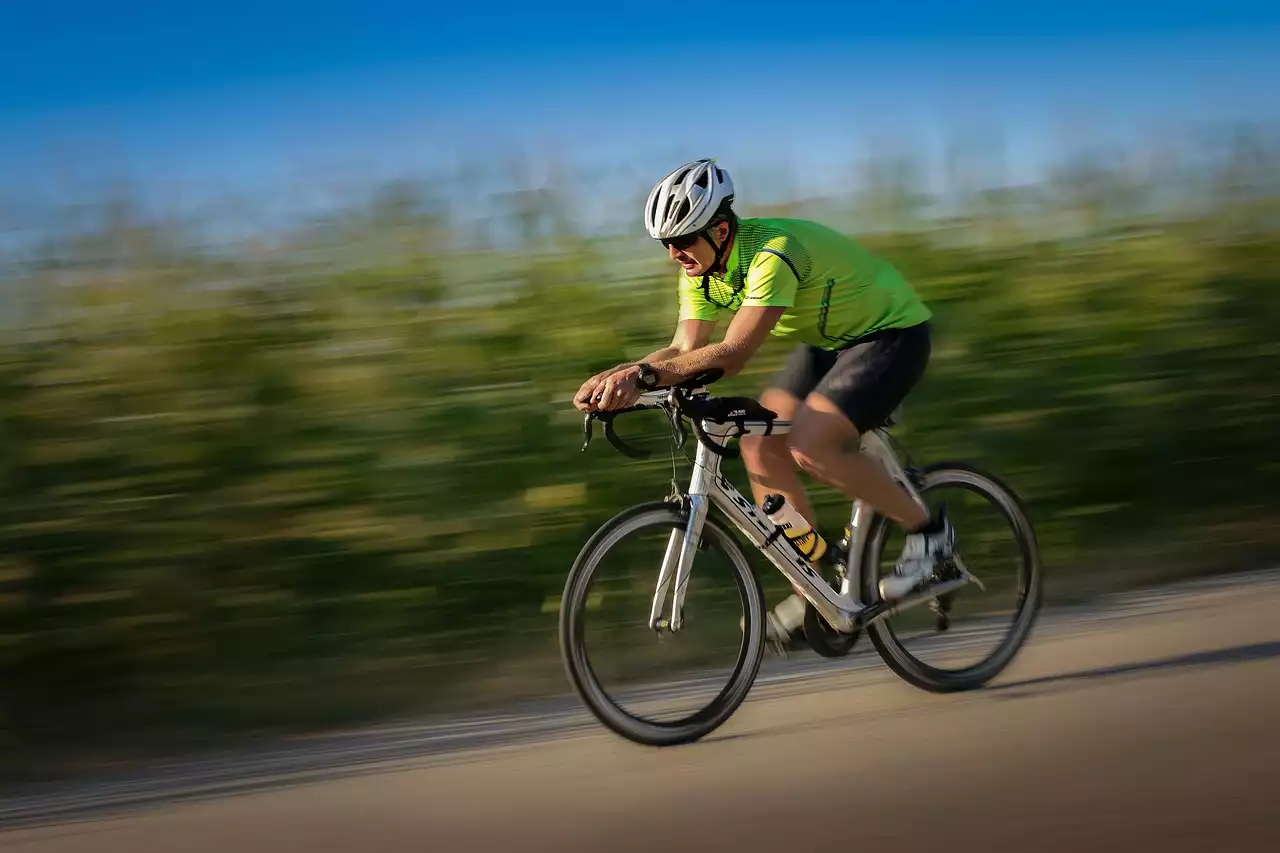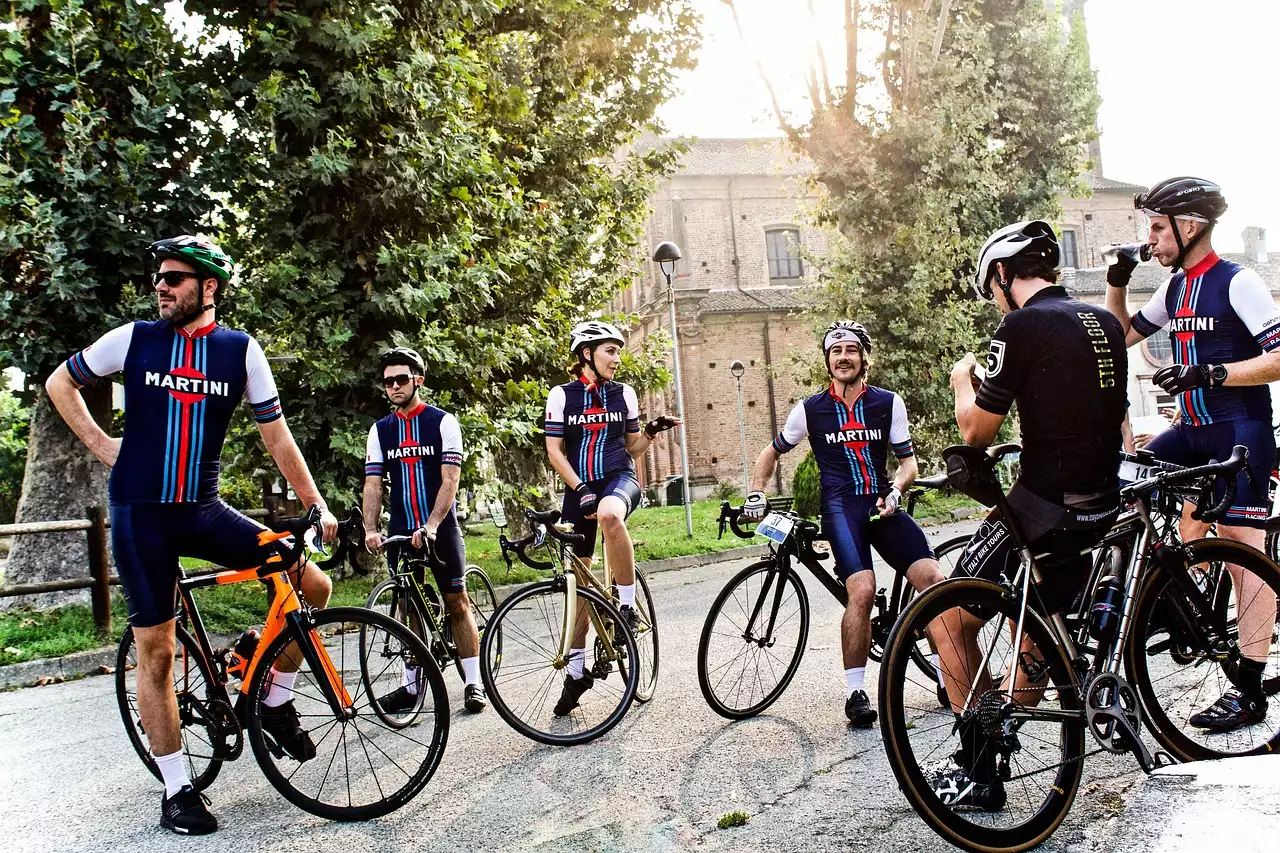Benefits of Long Distance Cycling
Long distance cycling is not just a great way to stay fit, but it also provides a lot of other benefits. One of the most significant benefits of long distance cycling is that it helps to improve cardiovascular health. Cycling is an aerobic exercise that helps to strengthen the heart, lungs, and blood vessels, making them more efficient at delivering oxygen and nutrients to the body. Regular cycling can also help to reduce the risk of heart disease, stroke, and other cardiovascular diseases.
Another benefit of long distance cycling is that it can help to reduce stress and anxiety. Cycling outdoors allows you to connect with nature and get away from the stresses of daily life. The rhythmic motion of cycling also has a calming effect on the mind, helping to reduce stress and anxiety levels.
Finally, long distance cycling is a great way to explore new places and meet new people. Cycling events and tours allow you to see new parts of the world and connect with other cyclists who share your passion for the sport.
Pre-Cycling Preparation - Physical and Mental
Preparing for a long distance cycling event requires both physical and mental preparation. Physically, you will need to build up your endurance and strength to be able to complete the event. Mentally, you will need to prepare yourself for the mental challenges that come with long distance cycling.
To prepare physically, you should start with a training plan that gradually increases the distance and intensity of your rides. It's also essential to incorporate strength training exercises, such as squats and lunges, to help build up the muscles used in cycling. Cross-training with activities like running, swimming, or yoga can also help to improve your overall fitness.
Mental preparation is just as important as physical preparation. Long distance cycling can be mentally challenging, so it's essential to prepare yourself for the mental hurdles that come with it. Visualization and positive self-talk can be powerful tools to help you stay motivated and focused during the event.
Choosing the Right Bike and Equipment
Choosing the right bike and equipment is essential for long distance cycling. The first step is to choose a bike that is comfortable and fits you well. A professional bike fit can help ensure that your bike is the right size and adjusted to your body.
Other essential equipment includes a helmet, cycling shoes, and clothing that is comfortable and breathable. A hydration system, such as a hydration pack or water bottles, is also essential for staying hydrated during long distance rides. A GPS device or cycling computer can help you track your progress and stay on course during the event.
Mapping Out Your Route
Mapping out your route is essential for long distance cycling. You should research the route beforehand to ensure that it is safe and suitable for long distance cycling. Look for routes that have a mix of terrain, including hills and flats, to help build up your endurance and strength. You should also plan for rest stops and refueling points along the way.
It's also essential to have a backup plan in case of unexpected events, such as bad weather or road closures. Carry a map or have a GPS device with you to help you navigate in case you need to deviate from your planned route.
Nutrition and Hydration for Long Distance Cycling
Proper nutrition and hydration are essential for long distance cycling. You'll need to eat and drink regularly to maintain your energy levels and avoid dehydration. Aim to drink at least one liter of water per hour and eat small, frequent meals or snacks every 2-3 hours.
Carbohydrates are an essential source of energy for long distance cycling, so be sure to include plenty of complex carbs in your diet, such as whole grains, fruits, and vegetables. Protein is also important for muscle recovery and repair, so be sure to include lean sources of protein in your diet, such as chicken, fish, and beans.
Safety Tips for Long Distance Cycling
Safety should always be a top priority when cycling, especially for long distance rides. Always wear a helmet and other protective gear, such as gloves and eyewear. Make sure that your bike is in good condition and that all parts are working correctly.
When cycling on the road, always obey traffic laws and signals, and use hand signals to indicate turns and stops. Be aware of your surroundings and anticipate potential hazards, such as cars, pedestrians, or animals. Finally, it's essential to carry a first aid kit and have a plan in case of an emergency.
Training for Long Distance Cycling - Endurance and Strength
Training for long distance cycling requires both endurance and strength training. Endurance training involves building up your cardiovascular fitness and your ability to ride for long periods without stopping. Strength training involves building up the muscles used in cycling, such as the quadriceps, hamstrings, and glutes.
To build endurance, start with shorter rides and gradually increase the distance and intensity over time. Aim to ride at least three times per week, incorporating both shorter, high-intensity rides and longer, steady-state rides. To build strength, incorporate strength training exercises, such as squats and lunges, into your workout routine.
Staying Motivated During Long Distance Cycling
Staying motivated during long distance cycling can be challenging, but there are several strategies you can use to stay focused and motivated. Visualization and positive self-talk can be powerful tools to help you stay motivated and focused during the event. Setting small, achievable goals along the way can also help you stay motivated and give you a sense of accomplishment as you complete each milestone.
Finally, it's essential to have a support system, whether it's a training partner, coach, or family and friends who can encourage and support you along the way.
Recovery After Long Distance Cycling
Recovery is essential after long distance cycling to help your body recover and prepare for future rides. Make sure to stretch and foam roll after each ride to help reduce muscle soreness and prevent injury. Refuel with a mix of carbohydrates and protein within 30 minutes of completing your ride to help replenish your energy stores and aid in muscle recovery.
Rest and recovery are also essential for preventing overtraining and burnout. Aim to take at least one or two rest days per week to allow your body to recover and prevent injury.









